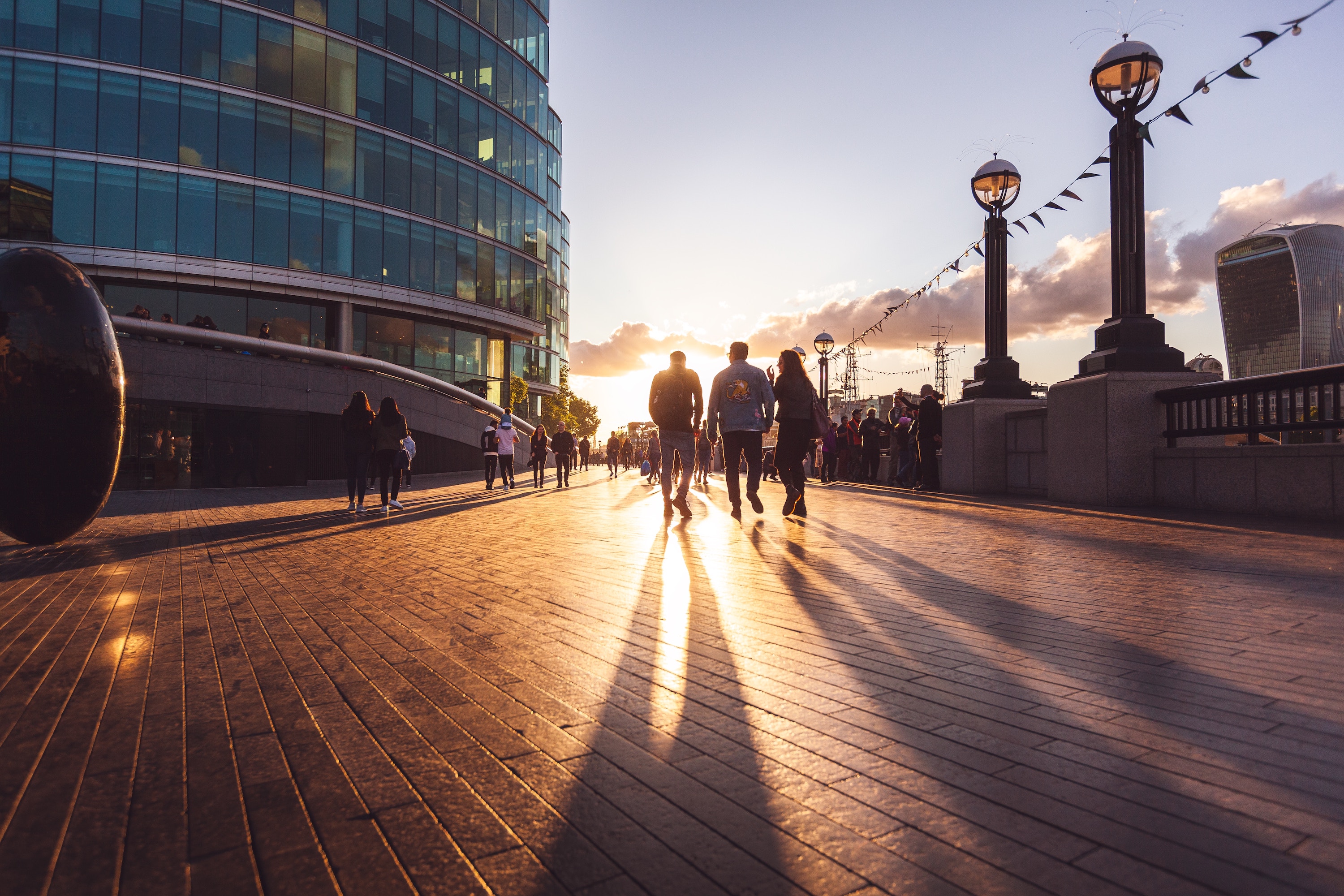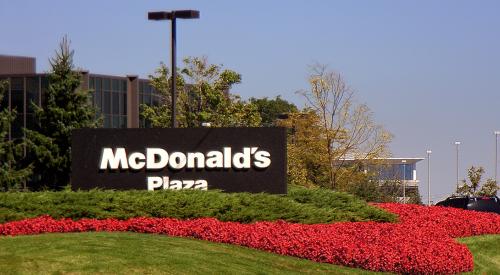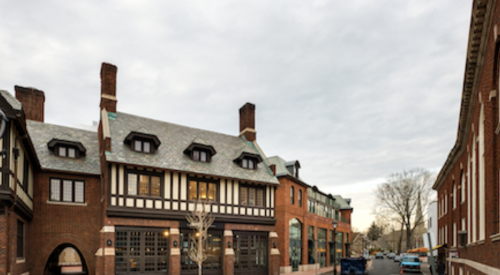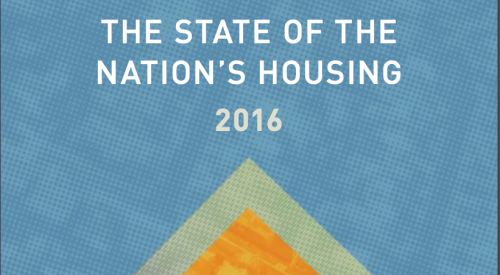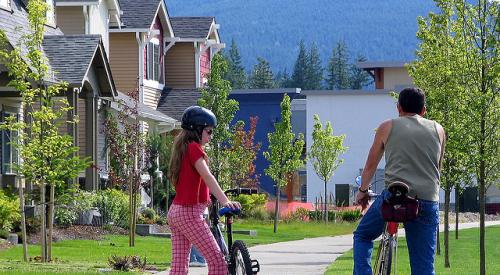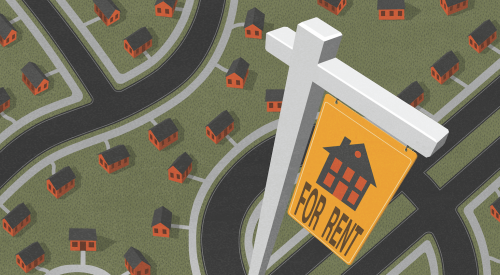Curbed reports that a new study found that walkable urban areas net higher economic returns for developers and investors in addition to promoting sustainability and equity.
The bottom line? Walkable urban places, what the report calls WalkUPs, demand roughly 75 percent higher rent over the metro average, a gap that’s increasing, having grown 19 percent since 2010 alone (the report believed that growth will only continue). That includes 105 percent higher rent for office space and 121 percent higher rent for retail.
It’s not a trend confined to coastal cities; it’s on the rise in the Rust Belt, the Sun Belt, tech metropolises, government centers, innovation centers, and millennial magnets. According to “Foot Traffic Ahead,” 72 percent of office and rental multifamily absorption between 2010 and 2018 could be categorized as walkable urban development.
The report suggests there’s a lot of room to grow: The population of the 30 largest metros could support an additional 472 WalkUPs, an increase of 62 percent. There’s large, unmet demand for affordable pedestrian and transit-accessible multifamily apartments in the suburbs, which the report pegs as a major equity challenge.
